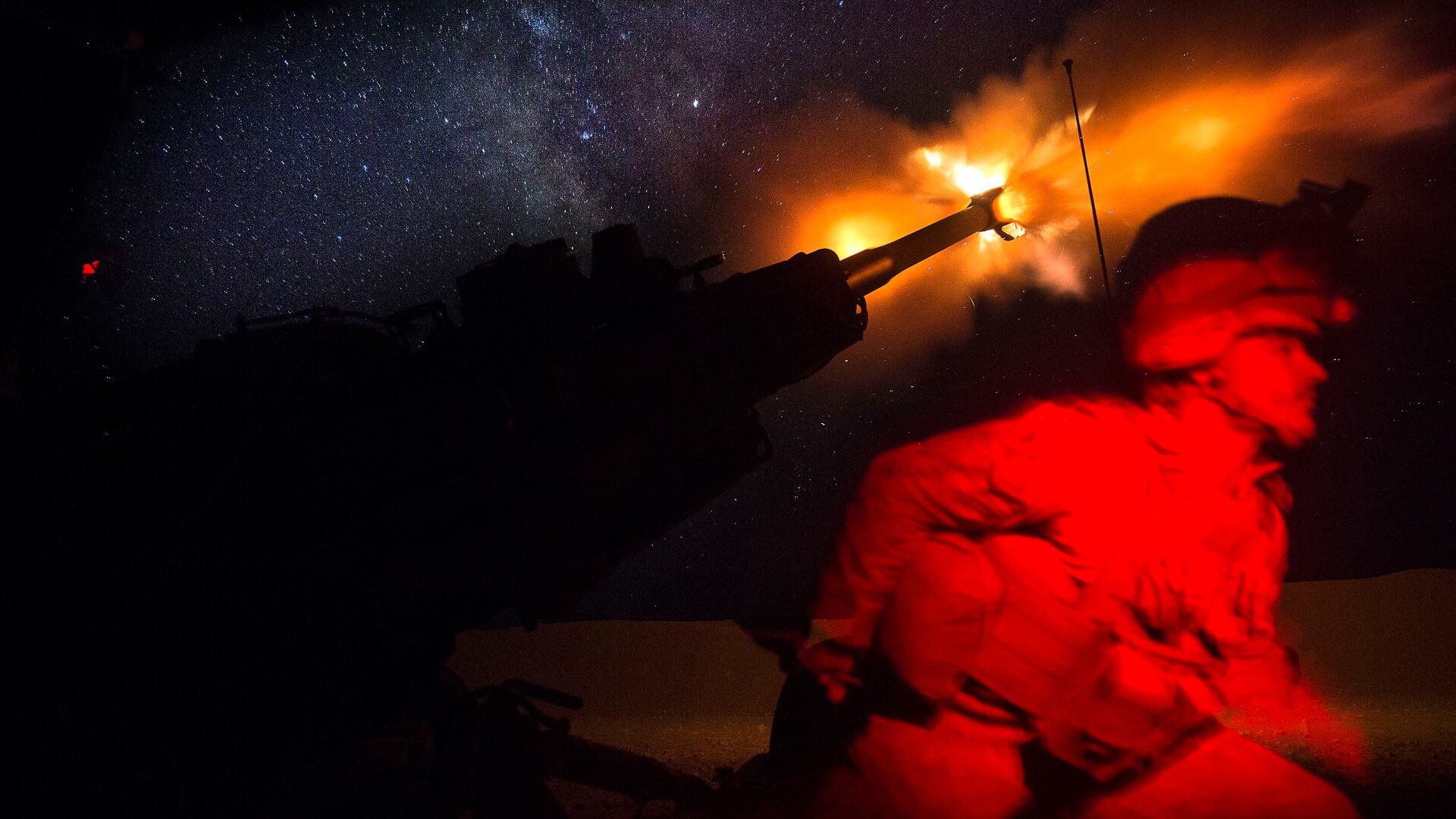Gen. George S. Patton Jr. said: “I do not have to tell you who won the war. You know the artillery did.”
Patton obviously was exaggerating when he made this statement. Nevertheless, he knew that without artillery the United Stated Army would have lost the war in Europe.
And, like Patton, Marine infantrymen ― especially those who have experienced the horrors of an artillery bombardment ― also know the importance of tube artillery.
I don’t know a single retired infantryman or artilleryman who does not support the retention of sufficient cannon artillery in Marine Corps force structure.
RELATED

History teaches us that the wisdom of experienced veterans matter. We ignore their advice and recommendations at our own peril.
After consulting with a number of my retired artillery colleagues, distinguished officers who have supported Marine infantry in close combat in Vietnam and in Operation Desert Storm, I want to share our thoughts on why cannon artillery is unique, and why replacing almost all of it with rockets and missiles is a huge mistake. I intend to do this by drawing attention to the versatility, lethality, flexibility and distinctive advantages of cannon artillery.
Marine Corps Force Design 2030 is on a path to unwisely emasculate cannon artillery in all Marine Corps divisions. Battles won in the past could be lost in the future. Without sufficient tube artillery, the Marine Corps runs the risk of losing closely contested battles.
These are strong and perhaps inflammatory words to some. But, they are consistent with Thomas Paine’s sage counsel: “He who dares not offend cannot be honest.”
Cannon artillery is not just a force multiplier. It truly is the only all-weather, immediately on call and sustainable fire support available to maneuver forces in “every clime and place.”
Consider the following: Cannon artillery and rocket artillery are not the same. They are complementary. They are not interchangeable. Rockets can’t replace direct support cannon artillery.
Rockets are best employed in the deep fight for shaping and for interdiction. Cannon artillery is essential in the close battle to facilitate maneuver and for suppression and continuous fire support, capabilities ill-suited or not possible for rockets.
Any Marine who has been under continuous artillery shelling knows that prolonged exposure breaks one’s will to fight. Rockets hit and halt.
Mortar fires are also of short duration, since the rounds have to be humped forward by Marines. But cannon artillery is backed by truckloads of projectiles that can hammer away for long durations.
Cannon artillery provides maneuver forces with flexibility not inherent in longer range and exponentially more expensive rockets, which necessarily limit availability for all but high priority fire support missions. In addition, cannon artillery provides the infantry direct, indirect and continuous fire support in terrain not conducive to long range rocket fires. Urban, jungle and mountain environments are prime examples.
Cannon artillery also provides maneuver forces with munitions not available in rockets, such as illumination, colored smoke and white phosphorous. These shells always are needed by infantry, whether closing with or in contact with the enemy.
And an area not to be overlooked is cannon artillery’s distinct advantage as a level of effort, or, said another way, economy of force system. The lethality, accuracy and affordability of cannon artillery make possible continuous fire support, target marking, suppression or even reconnaissance by fires.
These types of missions are not feasible with rockets, whose cost per round always will limit availability.
Take for example the fighting in Ukraine. We have seen estimates that Ukrainian forces are expending 6,000–8,000 artillery shells each day.
The same estimates tell us that Russian forces are expending from four to six times that amount. These numbers are far beyond the capacity of rockets to sustain.
Force Design 2030 is correct that the Marine Corps requires more rocket artillery and missiles for the deep fight and for long range interdiction, which complement aviation in shaping the battlefield.
Force Design 2030 is flawed by gutting cannon artillery.
To maneuver in all types of terrain and to close with the enemy require cannon artillery.
One battalion for every Marine regiment for direct fire support has been and will continue to be the minimal requirement.
The habitual relationship between the artillery battalion and the supported infantry regiment is a combat multiplier that builds trust and confidence that an ad hoc approach to task organization does not.
Recall Napoleon’s maxim that “the moral is to the physical as three is to one.”
Relationships matter. Culture matters. Future battlefields do not diminish the requirement for cannon artillery or the need for habitual relationships. Marine Corps artillery must remain capable of providing close, continuous, and accurate fire support across the spectrum of conflict and in every environment.
Marine Corps cannon artillery is at a crossroads.
The future of cannon artillery, which is inextricably tied to fighting and winning on any battlefield, is at stake.
Now is the time for other artillerymen, especially those on active duty, to raise their voices. The silence of young artillerymen and infantry counterparts in Leatherneck Magazine and the Marine Corps Gazette has been deafening.
The next few years may be our last best chance to pull cannon artillery back from the brink.
I want to thank Maj. Gens. Ron Richard, Pat Howard and Les Palm and Brig. Gen. Mike Hayes for their input.
Brig. Gen. Jerry McAbee (retired) is a career artillery officer. He has extensive command and staff experience at every echelon of Marine Corps artillery. He is a former commanding officer of the 11th Marines Regiment.
Have an opinion?
This article is an op-ed and as such, the opinions expressed are those of the author. If you would like to respond, or have an editorial of your own you would like to submit, please email Marine Corps Times Editor Andrea Scott.
Want more perspectives like this sent straight to you? Subscribe to get our Commentary & Opinion newsletter once a week.







